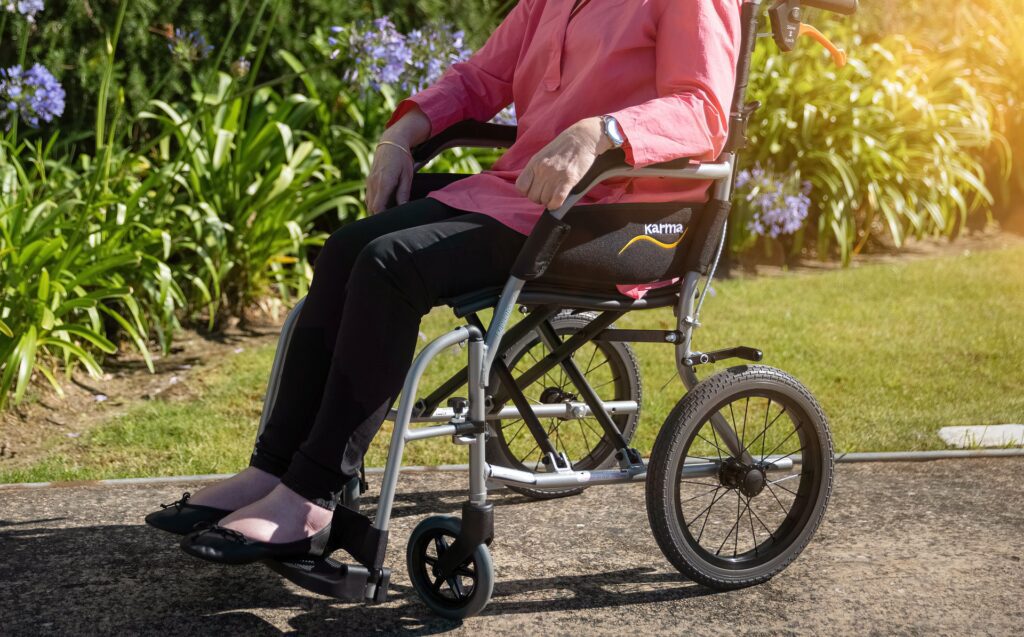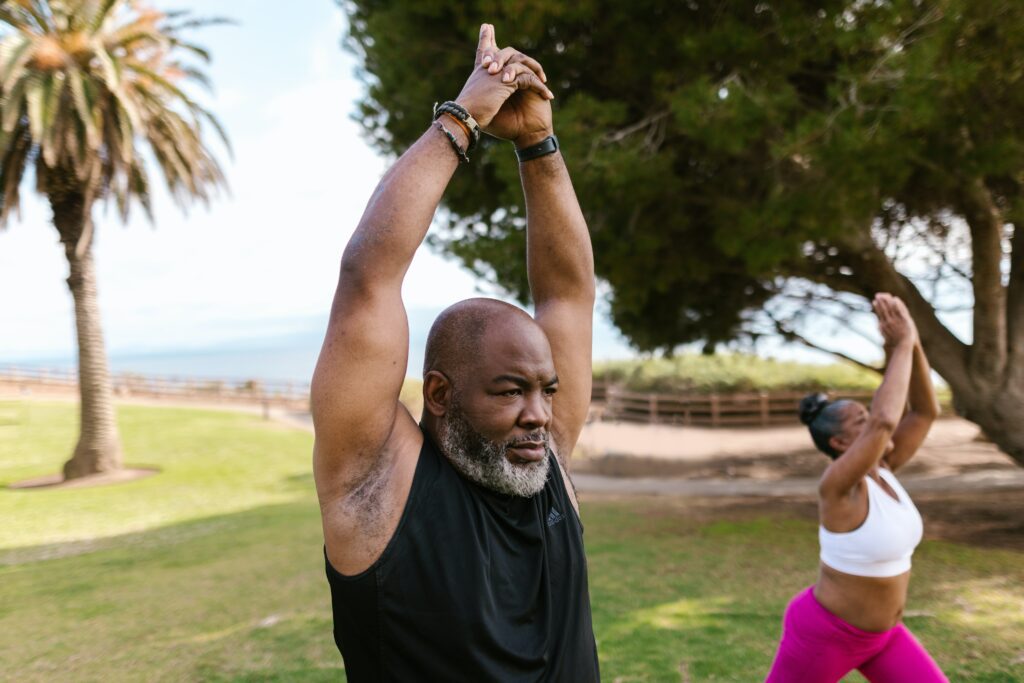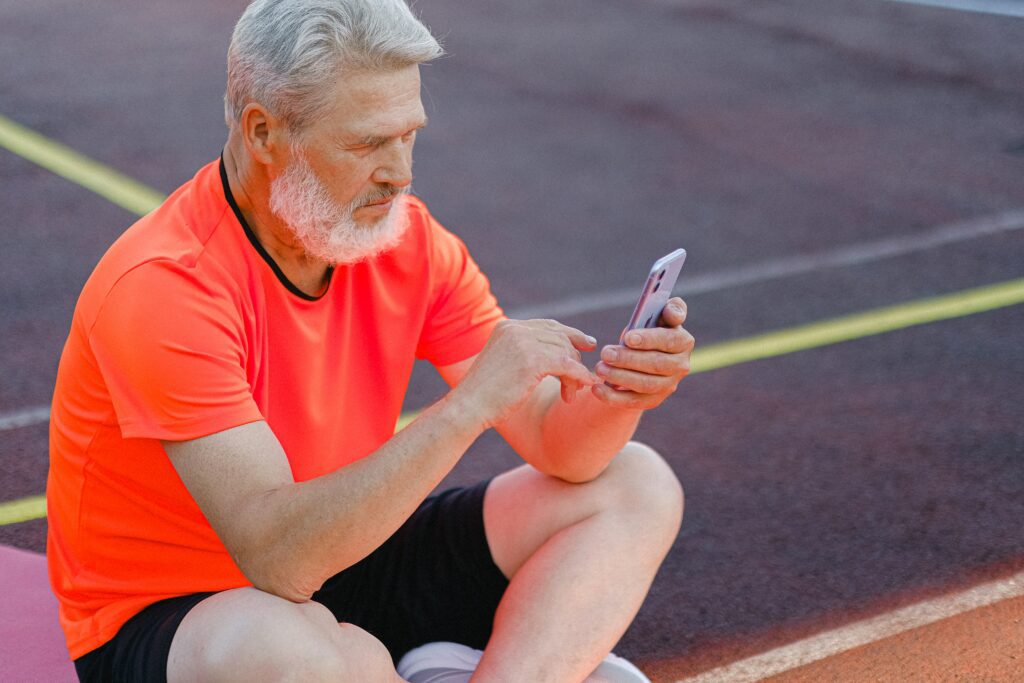Mobility Care Plan For Seniors
Almost all hospitalized patients may experience physical mobility issues. Mobility changes can occur for various causes, including illness, aging, and an abrupt decline in one’s physical or mental health.
Unfortunately, practically every body system is impacted by one’s capacity to walk and move. That is why it is so important to mobilize patients gradually and early. To aid someone immobile, we must first check for the signs of mobility issues.
The objective is to maintain muscle strength and foster independence. Skin thinning, muscular atrophy, respiratory infections, and other diseases that might result from inactivity can all be brought on by immobility.
The inability to move around might make it difficult to carry out everyday tasks, which can be frustrating and increase dependency. This article will teach you how to keep your independence while improving your mobility. Keep on reading to learn more!
Motor Mobility Impairment Diagnosis & Care Plan
Various factors could make it difficult to move independently. A caregiver should search for distinguishing indications and symptoms to ascertain whether a patient has decreased physical mobility. Because of this, maintaining mobility is crucial when developing an intervention strategy to prevent immobility and improve well-being.
Some of the things to watch out for include the following:
- The incapacity to move with purpose inside a physical space. It may involve ambulation, transfers, and bed mobility.
- Only a small range of motion, inability to follow directions and conduct actions, unwillingness to make an effort to move
- Any patient whose physical mobility is compromised will be reluctant to move.
Aim and Results
The objectives of a care plan and the results of interventions are to reduce the risks of immobility, avoid dependent incapacity, and—most importantly—assist the patient in regaining and retaining mobility and functional independence. The following objectives should be included in a care plan for someone with limited physical mobility:
- The patient regains the ability to move while adhering to the condition’s restrictions.
- The patient expresses a desire to become more mobile.
- With adaptive gadgets, the patient exhibits the capacity for greater movement.
- The patient takes precautions to lessen the risk of harm.
- Because of the patient’s unbroken skin, lack of thrombophlebitis, good breath sounds, and regular bowel movements, there are no known mobility-related problems.
- The patient demonstrates the capacity to assess pain and the effectiveness of treatment.
Grounds for Physical Mobility Impairment
The avoidance of dependent disabilities, the restoration of mobility when feasible, and the preservation of current mobility are all components of interventions for limited physical mobility. There are numerous mobility impairments for which you must watch out and be knowledgeable.
Physical mobility can be prevented, recovered from, and maintained with specialized patient care that includes position changes, nutrition, exercises, and the provision of a safe environment. Examining various care plan treatments for senior decreased physical mobility
- Assemble a secure home environment for the seniors, including the bed rails up, the bed in the down position, and proximity to key goods. It will reduce the danger of falls.
- Exercise all of the limbs’ helpful ROM, either passively or actively. It will boost venous return, maintain muscle strength, prevent stiffness, and build stamina.
- Encourage and promote prompt ambulation to keep the patient as functionally active as possible.
- Able or permitted to get out of bed, assist the patient with muscle exercises, perform abdominal-tightening exercises, knee bends, and toe stands; these interventions improve balance and strengthen compensating body parts.
- Use mobility aids like crutches, walkers, and a trapeze to demonstrate how they can help compensate for your limited function while increasing your activity level.
- While encouraging autonomous activity as able and safe, let the patient complete things at their speed.
- Give constant positive reinforcement while engaging in an activity for patients who may be reluctant to move or start new activities. It will raise the patient’s chances of recovery, boosting confidence.
Equipment used for easy mobility
It’s possible that we won’t be able to keep up with our grandchildren as well as we once could or go far without getting out of breath. Some items on the market can assist older adults with disabilities to keep their mobility, even though it’s normal for our bodies to alter as we get older.
Just a few examples of equipment used for easy mobility are seen below:
Wheelchairs
One of the essential items for older people who are incapacitated is a wheelchair. They give elders independence and movement, enabling them to lead full and active lives.
Canes
Using a cane can help you walk more steadily and with better balance.
Scooters
While motorized wheelchairs may travel across a wider range of terrain, scooters have more difficulty in cramped areas.
Walkers
Many of us start to have mobility issues as we become older. It might be a normal aspect of aging or a sign of a deeper health issue.
Rollators
The rollator, a wheeled walker with seats and hand brakes, is today’s most widely used mobility device.
What is the best walking aid for elderly?
Nowadays, using a mobility aid in daily life is increasingly widespread among elderly persons. It includes senior wheelchairs, stair lifts, restroom grab bars, etc. Each of these contributes to the elderly’s quality of life by making daily activities like walking and bathing much safer and simpler.
Here are a few examples of the best walking aid for elderly:
- Walking Canes & Sticks
- Walking Sticks
- Walkers on wheels
- Crutches
Related Article: What is the most stable assistive device?
Conclusion
Creating a competent care plan for people with restricted physical mobility takes time and effort. Various factors could make it difficult to move independently. A caregiver should search for distinguishing indications and symptoms to ascertain whether a patient has decreased physical mobility.






